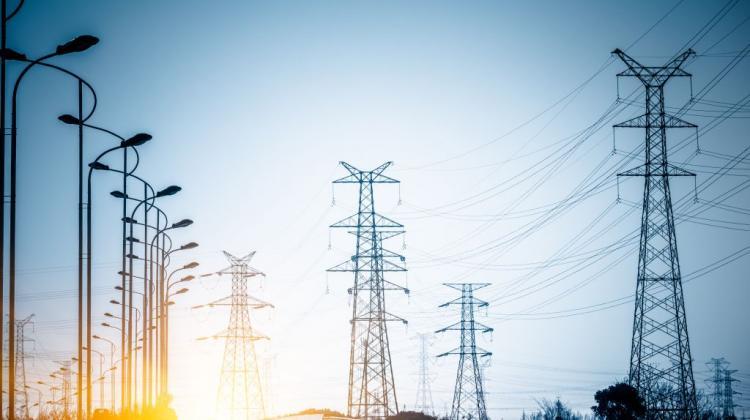Counterfeit-proof glowing paper
A team from the Adam Mickiewicz University is working on fibres, ink and paper that glow under both with UV and infrared light. Thus secured, banknotes or securities will be more difficult to counterfeit.
Club and disco goers know how strangely the surroundings illuminated by UV light look. Some objects, such as teeth or white fabrics, appear to glow purple, while others remain dark. Nail polishes, markers, clothes and gadgets that glow with characteristic, bright colours under the influence of ultraviolet, have been available for years.
The substance that glows when illuminated with ultraviolet light is also used to protect Polish banknotes. But inks with such properties are getting easier to obtain. This means that counterfeiting such banknotes becomes a smaller problem for counterfeiters.
Scientists are working to make life more difficult for counterfeiters. The team of Dr. Agata Szczeszak from the Faculty of Chemistry, Adam Mickiewicz University in Poznań is working on inks, fibres and paper that will glow not only under UV light but also under infrared light.
Infrared, just like ultraviolet, is a radiation invisible to humans, but located on the other side of the visible spectrum (the frequency of UV light is too high for the human eye, the frequency of infrared is too small). Such luminescent materials will absorb both UV light and infrared light, and the energy consumed will be emitted in the form of light with different properties.
"Such materials, stimulated by both UV and infrared light, are not available yet" - assures Dr. Szczeszak.
The light emitted by materials from UAM is to have a characteristic colour, extremely difficult to imitate. "I produce powder that is white in daylight, but, for example, can be red in infrared light and green in ultraviolet light" - she says.
She clarifies that currently available luminescent materials glow in the entire colour spectrum under UV light. "Those produced by my team have narrow bands on the emission spectrum and this colour can not be confused with anything else" - Dr. Szczeszak describes.
She explains that the phosphor developed by her team can be introduced into the fibres used to make clothes - or into paper - to make them glow under the influence of UV and infrared.
Another advantage of such luminescent substances is durability. The researcher assures that these compounds - compared to the currently used organic phosphors - are much more resistant to external factors such as humidity or temperature. "These compounds are hard to destroy" - she emphasises.
The phosphors developed by the team from the Adam Mickiewicz University are based on rare earth elements such as europium, holmium, yttrium, erbium or ytterbium. "These elements are neglected by chemical science and underrated, but they have great potential in our applications" - the researcher explains.
She says that the Polish Security Printing Works is interested in the results of her work, as the solution may be used, for example, to secure documents. Another interested entity is a Polish paper manufacturer, who hopes that the solution will allow to manufacture more attractive packaging materials - for example with the customer`s logo.
According to Dr. Szczeszak, clothing manufacturers may also be interested in luminescent fibres. If such a fibre is woven into the label, it will be an additional proof of product authenticity. "Such clothes will be difficult to counterfeit" - adds Dr. Szczeszak.
The researcher received a grant from the LIDER IX program of the National Centre for Research and Development for the development of technologies for the production of luminescent inks, fibres and paper. The project will continue for several more years. Research on new substances with the best luminescence properties is being carried out by the team from the Adam Mickiewicz University, while the production of modified fibres, paper or ink is the responsibility of a team from the Department of Man-Made Fibres and the Institute of Papermaking and Printing at the Lodz University of Technology.
PAP - Science in Poland, Ludwika Tomala
lt/ zan/ kap/
tr. RL
Przed dodaniem komentarza prosimy o zapoznanie z Regulaminem forum serwisu Nauka w Polsce.

















